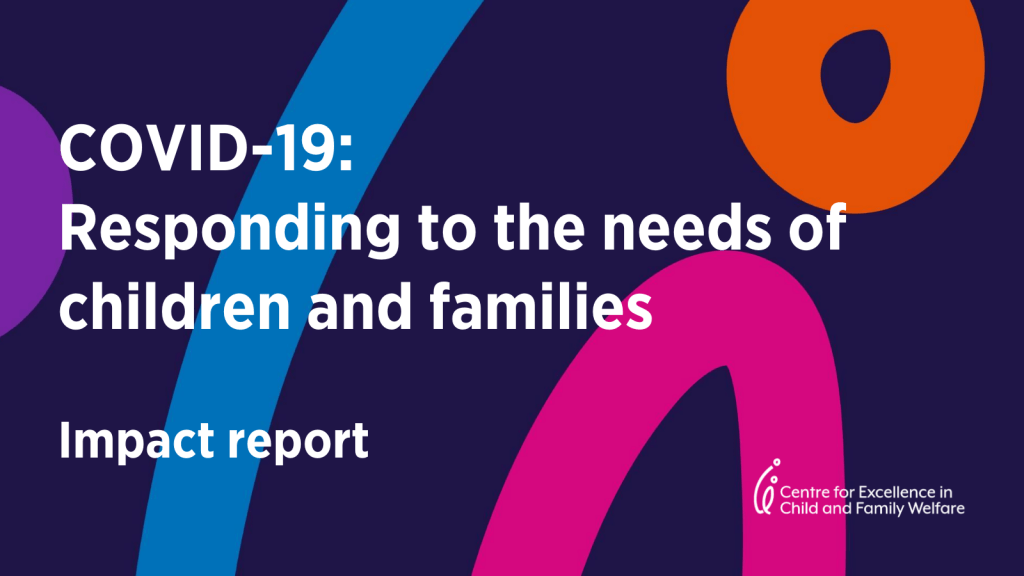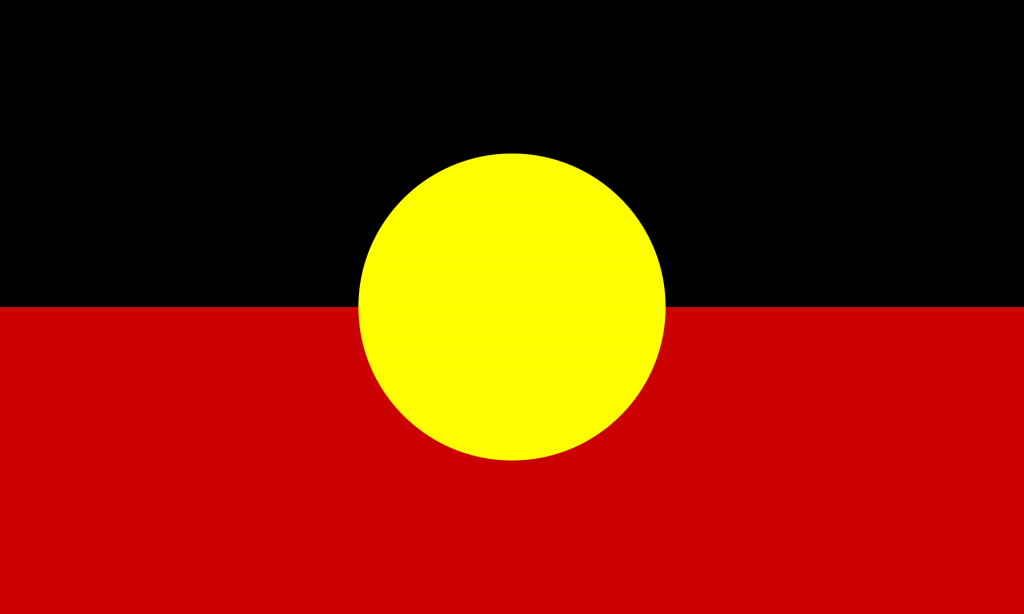Executive summary
“We were able to pivot so quickly and so successfully, and at the same time to really support staff who continued to work on the frontline.”
Context
Since March 2020, the Victorian Child and Family Welfare Sector has been rapidly responding to the impacts of COVID-19 on the communities and clients they support. Responses have been designed to accommodate new and existing clients and have been implemented in a climate of profound uncertainty.
Opportunities
- Improved interagency collaboration
- Telehealth options
- Increased efficiencies
- Virtual L&D
- Remote carer supervision
- Improved regional engagement
- Flexible working arrangements
Creative solutions and innovations
- Technology: video calls to replace face-to-face engagement (Zoom, Skype, WhatsApp etc)
- Material supports: emailing, posting and delivering material resources (including parenting information, children’s activities and information sheets)
- Case Management: COVID-19 response teams established, updating case goals, creating new COVID-19 practice and safety frameworks
Key successes
- Consistent prioritisation of client need, evident in all responses
- Ability of CSOs to transform their service delivery models quickly, creatively and efficiently
- Ability of CSOs to set up staff to work remotely in ways that maintain wellbeing and a sense of connectedness to colleagues and senior leadership
- Ability to continue to provide face to face delivery wherever possible
- Commitment to advocate for clients to access schooling where relevant, and material goods and donations from local suppliers
- Willingness to collaborate, working closely with government and other CSOs to provide a collective effort and shared learning, but also at the Alliance level with agencies sharing what has worked with others in the Alliance






